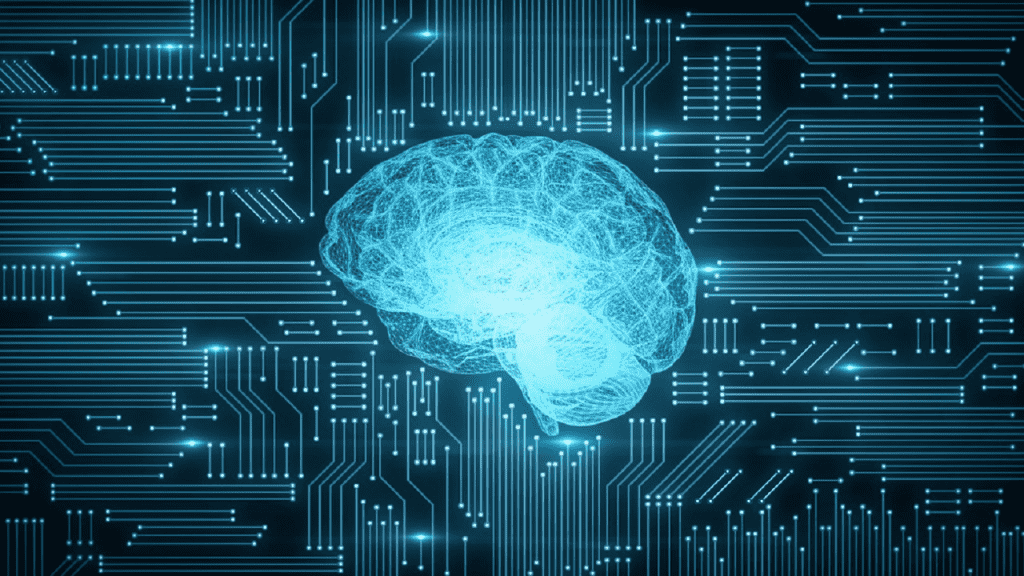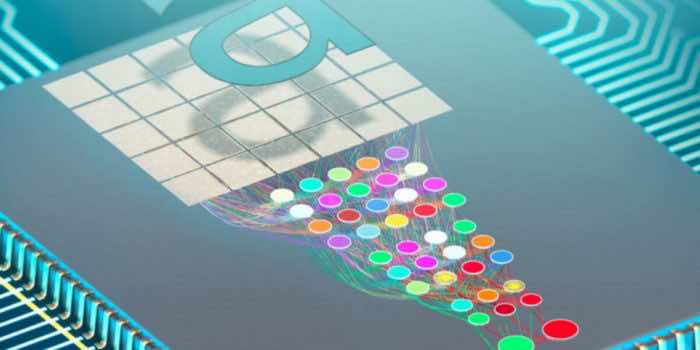A historic milestone has been achieved in science and technology by the researchers of the University of Pennsylvania. They have unveiled the fabrication of a chip that can process up to 2 billion images through the mechanism of “computation by propagation”. This implies that it utilizes light energy to execute complex computations in a fast and efficient manner, instead of using the traditional components. From a broader perspective, the phenomenon revolves around artificial intelligence, through which the chip can process 1.75 billion photos every second.

Just like our brain, the chip is composed of neural networks in the form of “nodes” that have a learning capability similar to our brain movements by first recognizing an object through a set of data and determining each character in 0.57 nanoseconds, making it able to process optical information at a brisk speed. However, Firooz Aflatouni, the lead author of the study, stated,
“What’s really interesting about this technology is that it can do so much more than classify images. We already know how to convert many data types into the electrical domain—images, audio, speech, and many other data types. Now, we can convert different data types into the optical domain and have them processed almost instantaneously using this technology.”

According to him, the most dominating feature of this technology is that this brain-like chip has the potential to operate and process data directly through light instead of first being converted into electrical signals. Also, the advantage of this sophisticated technology is that the data does not need to be stored after processing, which not only saves time but also makes the system safer by eliminating the threat of cyberattacks.
The scientists developed two sets of handwritten characters that this chip was expected to identify. The first set contains two types of characters, and the second contains the characters of four types. A surface area of 0.01 square meters for the chip was chosen to perform this experiment. The results showed that the chip was able to process the first set with up to 93.8% precision, and the second set of characters represented an accuracy level of 89.8%.

Firooz further said, “Our chip processes information through what we call ‘computation-by-propagation,’ meaning that, unlike clock-based systems, computations occur as light propagates through the chip. We are also skipping the step of converting optical signals to electrical signals because our chip can read and process optical signals directly, and both of these changes make our chip a significantly faster technology. ”


